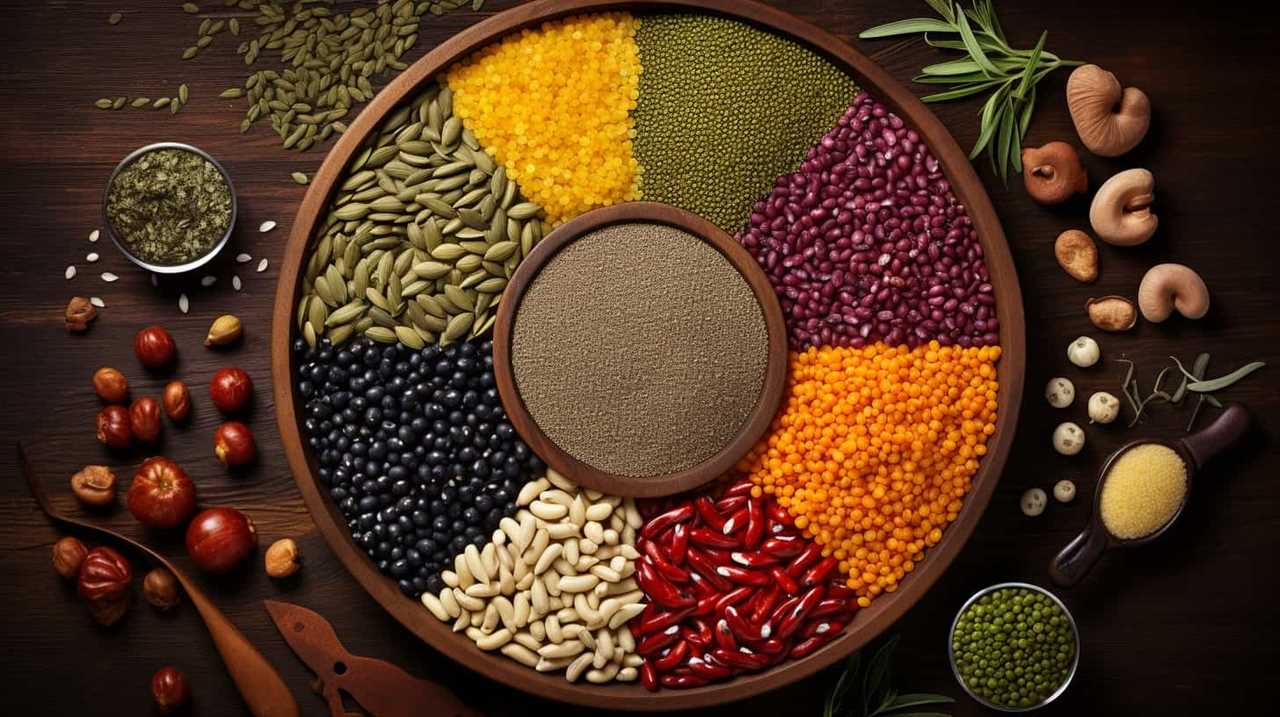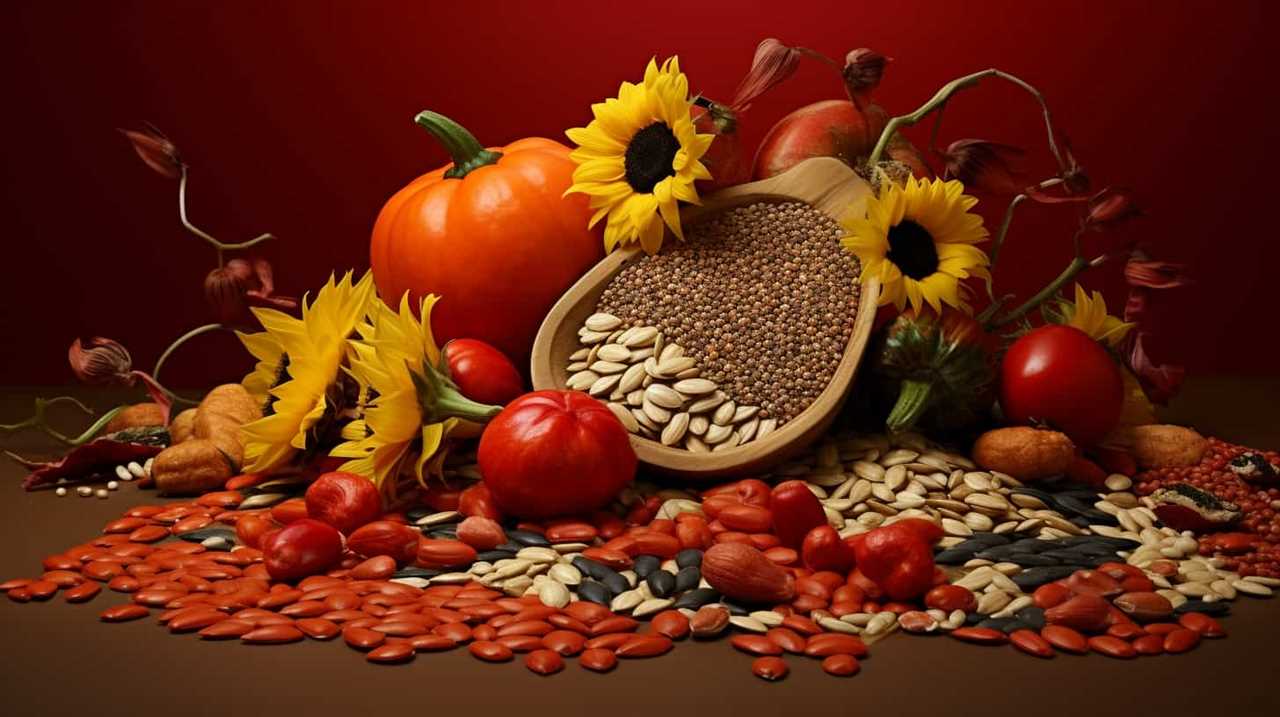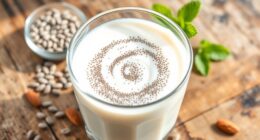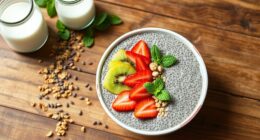We are all familiar with the saying, “You reap what you sow.” But, what if I told you that the success of your harvest depends on more than just the seeds you sow?
In the world of commercial seed production, optimal conditions are vital for profitability. From the right soil requirements and temperature to precise watering and pest management, every aspect plays a crucial role.
Join us as we delve into the science behind achieving the highest yield and unlocking the true potential of your seeds.
Key Takeaways
- Well-drained loamy soil and slightly acidic pH levels are essential for successful seed germination and plant health.
- Understanding temperature and climate conditions, including the impact of global warming, is crucial for maximizing seed production.
- Proper irrigation management, including the use of drip irrigation, promotes healthy seedling establishment and prevents diseases.
- Monitoring light exposure and implementing pest and disease management strategies, such as integrated pest management (IPM), are necessary for healthy and productive seed crops.
Soil Requirements
We have found that the optimal soil conditions for profitable commercial seed production involve a well-drained loamy soil with a slightly acidic pH level. The nutrient composition of the soil plays a crucial role in the growth and development of seeds. A balanced supply of essential nutrients, such as nitrogen, phosphorus, and potassium, is necessary for seed germination and overall plant health.
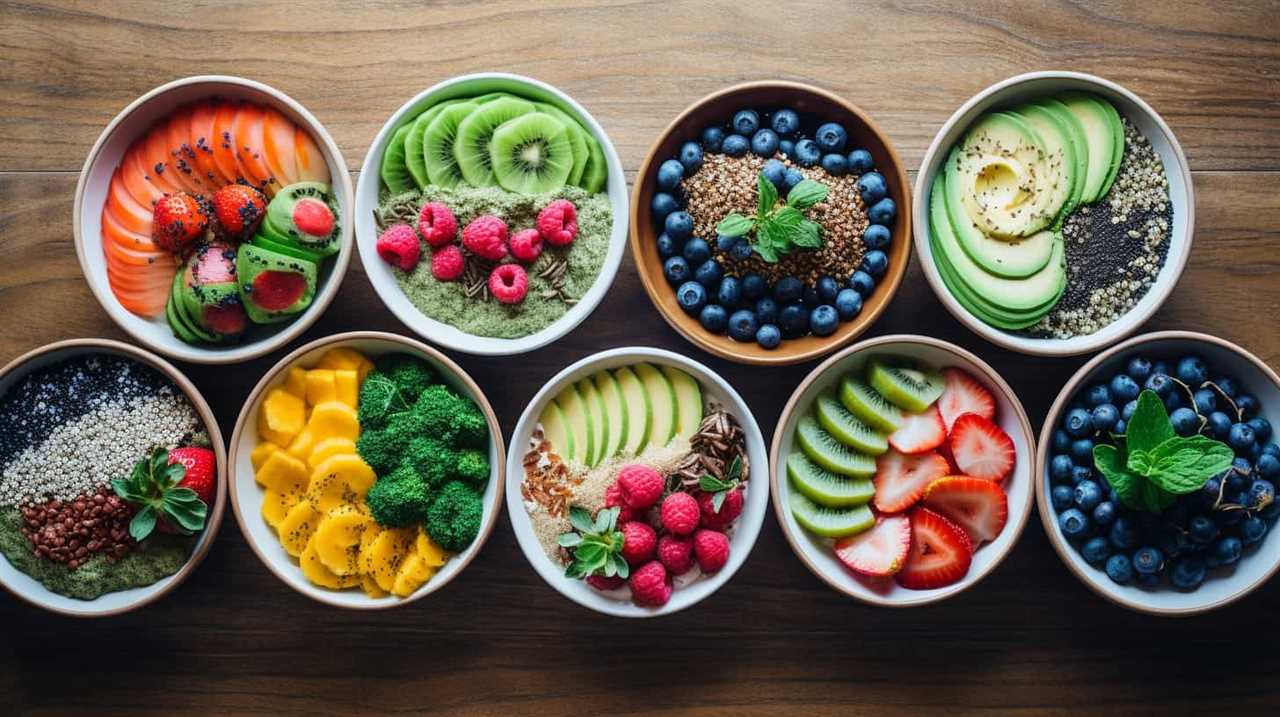
Additionally, maintaining the appropriate pH levels in the soil is essential for nutrient availability and uptake by the plants. A slightly acidic pH level ranging from 6.0 to 6.5 is ideal for most seed crops. This pH range promotes optimal nutrient absorption and prevents nutrient deficiencies or toxicities.
As we transition into the subsequent section about ‘temperature and climate’, it’s important to note that soil conditions, including nutrient composition and pH levels, are interrelated with temperature and climate factors that influence seed production.
Temperature and Climate
To ensure successful commercial seed production, it’s crucial to consider the temperature and climate conditions. These factors play a significant role in the growth and development of plants, ultimately affecting seed quality and yield. Here are three key points to consider:
- Seasonal variations: Different crops have specific temperature requirements for optimal growth and seed production. Understanding the seasonal variations in temperature is essential to determine the suitable time for sowing, flowering, and seed maturation.
- Impact of global warming: With the increasing effects of global warming, changes in temperature patterns are observed worldwide. These changes can disrupt the natural growth cycles of plants, affecting seed production. It’s vital to adapt to these changes by implementing appropriate measures such as adjusting sowing dates or using heat-tolerant seed varieties.
- Microclimate considerations: Besides macroclimate conditions, microclimate factors such as elevation, slope, and proximity to water bodies also influence temperature. Understanding and managing these microclimates can help create favorable conditions for optimal seed production.
Considering these factors will contribute to maximizing seed production and ensuring profitability in the commercial seed production industry.

Watering and Irrigation
Regularly monitoring and adjusting watering and irrigation practices is essential for optimal commercial seed production. Drip irrigation is a widely used method that ensures water conservation while providing the necessary moisture for seed germination and growth. By delivering water directly to the plant’s root zone, drip irrigation minimizes water loss due to evaporation and runoff. This method also allows for precise control over water application, ensuring that seeds receive the right amount of water at the right time.
Proper irrigation management not only promotes healthy seedling establishment but also prevents diseases and reduces water waste. By implementing efficient watering practices, commercial seed producers can maximize their yields and minimize their environmental impact.
Transitioning from watering and irrigation, let’s now turn our attention to the crucial role sunlight and light exposure play in seed production.
Sunlight and Light Exposure
For profitable commercial seed production, it’s important to ensure optimal sunlight and light exposure. Here are three key factors to consider:
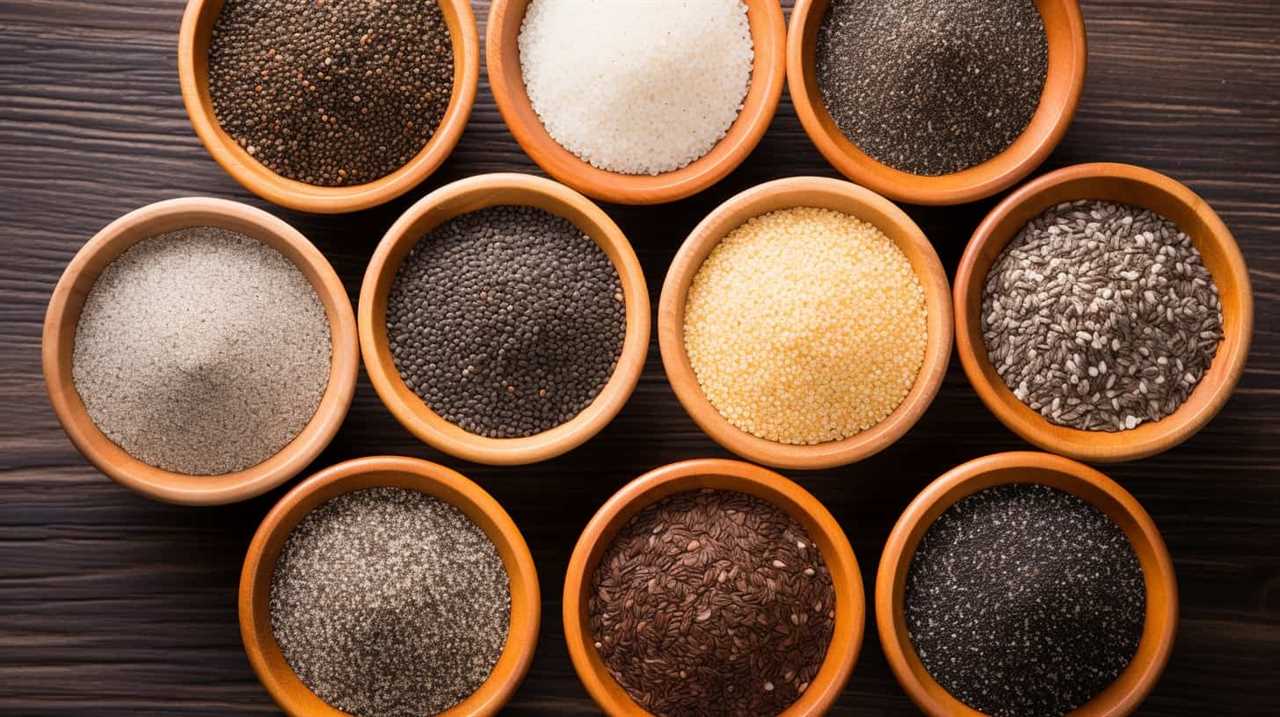
- Shadow patterns: Monitoring shadow patterns is crucial in determining the quality and quantity of sunlight reaching the crops. By understanding the movement of shadows throughout the day, farmers can strategically plan the placement of their seedbeds to maximize exposure.
- Artificial lighting: In situations where natural light is limited, supplementing with artificial lighting becomes necessary. Using specialized grow lights, farmers can provide the necessary light intensity and spectrum to promote healthy growth and development of seeds.
- Light duration: The duration of light exposure is another critical aspect. Different seed varieties have specific light requirements, with some needing longer periods of light exposure to initiate germination. By carefully managing the duration of light exposure, farmers can ensure optimal conditions for seed production.
Pest and Disease Management
We actively manage pests and diseases to ensure the health and productivity of our seed crops. Integrated pest management (IPM) is a key strategy we employ, combining multiple approaches to minimize the use of chemical pesticides. This approach involves scouting, monitoring, and identifying pests and diseases, followed by the implementation of appropriate control measures. These measures can include cultural practices, such as crop rotation and sanitation, as well as biological controls like the introduction of beneficial insects. Additionally, we prioritize resistance breeding in our seed production process. By selecting and breeding for plants with natural resistance to common pests and diseases, we can reduce the reliance on chemical interventions. This integrated approach helps us maintain the quality and yield of our seed crops while minimizing environmental impact.
| Pest and Disease Management Strategies | Benefits | Challenges |
|---|---|---|
| Integrated pest management (IPM) | Minimizes chemical pesticide use | Requires constant monitoring and management |
| Resistance breeding | Reduces reliance on chemical interventions | Requires time and resources for selection and breeding |
| Cultural practices | Promotes overall plant health | May require changes in farming practices |
| Biological controls | Offers sustainable and environmentally friendly pest control | Requires understanding and implementation of specific control methods |
| Scouting and monitoring | Early detection and prevention of pest and disease outbreaks | Requires trained personnel and regular field surveys |
Conclusion
In conclusion, after thoroughly investigating the optimal conditions for profitable commercial seed production, it’s clear that the success of this venture heavily relies on several factors.
These include specific soil requirements, precise temperature and climate conditions, efficient watering and irrigation practices, adequate sunlight and light exposure, as well as effective pest and disease management.
Adhering to these guidelines will greatly enhance the chances of achieving profitable outcomes in commercial seed production.
